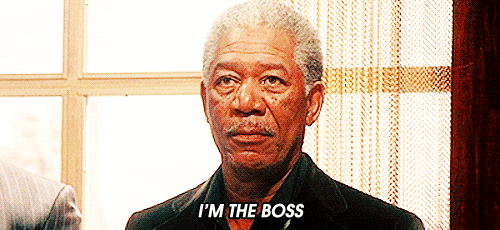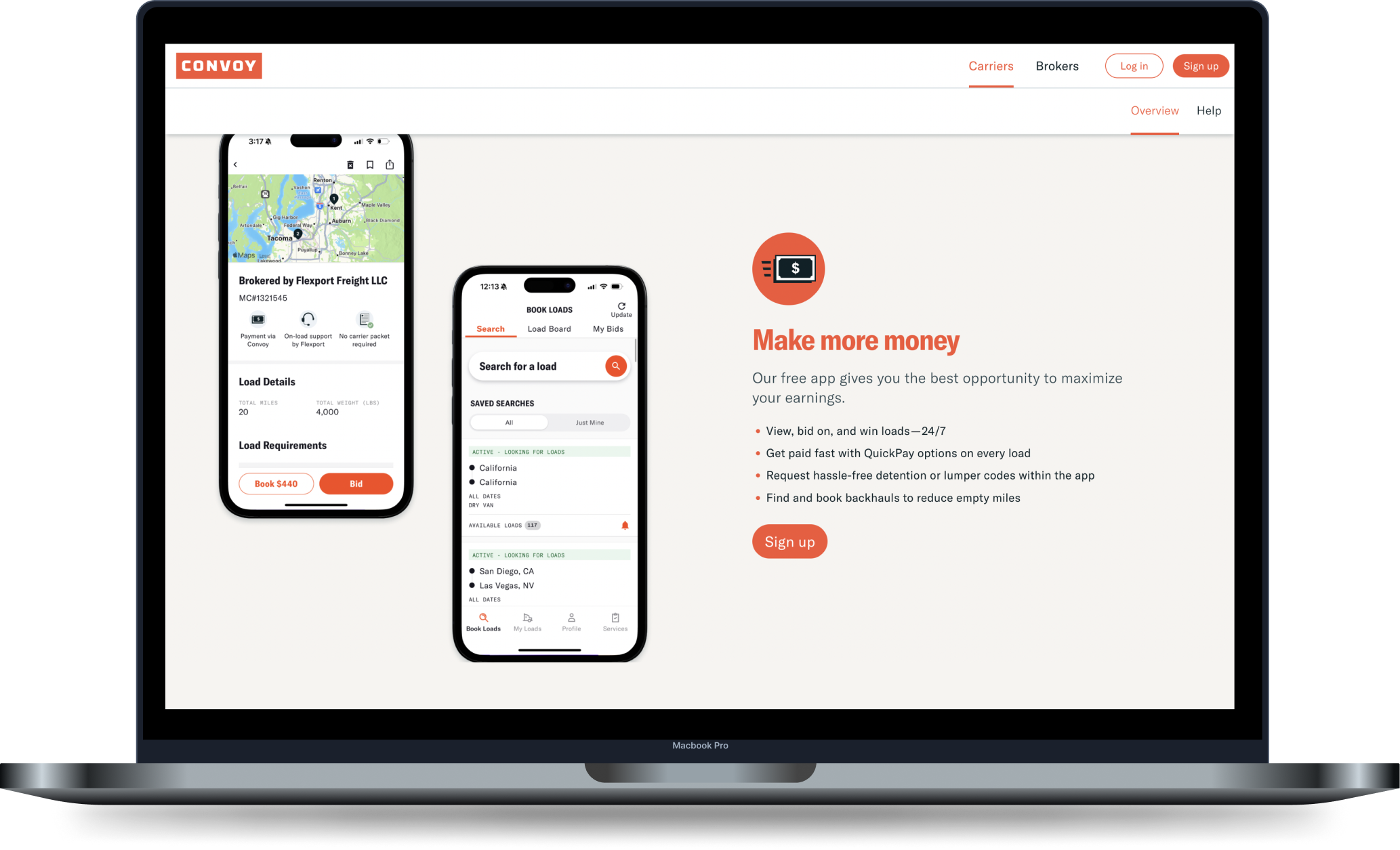| Used UXR to create a tech brand to compete with Uber
Money Moves
How I pitched a product strategy to reflect the company mission statement.
My Role:
Associate Creative Director, (Product)
Stakeholders:
Director of Product Design
Timeline:
1 week
Team:
Myself
00.
Lidia Yan, CEO of NEXT Trucking, was adamant about the company’s mission: empowering drivers.
💭
NEXT positioned itself as the modern solution for traditional brokerages, where drivers were booking jobs via phone calls and texts.
With the app, available jobs would be posted with pricing upfront, all a driver had to do was choose to accept it.
Except, independent drivers weren’t choosing to take the available jobs.
Loads that needed transit sat on the marketplace, putting the delivery timeline at risk, and resulted in NEXT having their own salaried drivers take these jobs.
01.
I spent months learning about trucking and the drivers within the industry and in the qualitative portion of the user research study, there was a theme that became obvious: opportunity.
Carriers need a way to feel in-control over their financial opportunities when they consider picking up loads on the NEXT marketplace because they are independent business owners and depriving them of their chance to negotiate is antithetical to their identity and the free market.
In short, I recognized that we needed a bidding feature for available loads.
Convoy, one of our prime competitors, had just started to allow their carriers to bid.
02.
I quickly mapped out the user flow, taking into account the broader business model: there would have be a negotiation cap for the profit margin.
For MVP purpose, I proposed that a job could be negotiated up to 15% more than the advertised rate.
07.3
I sketched out the user flow on paper, to think through the logic and UI.
I had then built a low fidelity prototype, to realize the vision for the purpose of my pitch.
Things I shared that I knew NEXT would need to address, should they pursue
this concept:
1) Friction from users if they felt the job was worth more than the 15% max they could propose on top of the posted rate.
2) Users might want to edit their proposal after they submitted it.
3) NEXT would need to transparently inform the priority of an individual bid if multiple people propose the same rate, most likely via time stamping, first received.
Given that it was the beginning of a global pandemic and the company’s future was upended, I understood this concept may not have been seen as a high priority.










